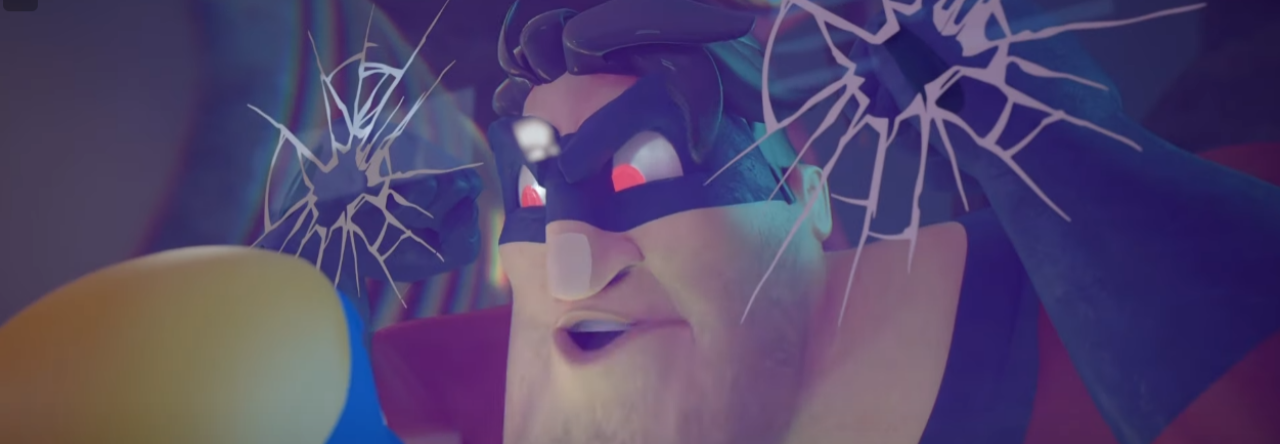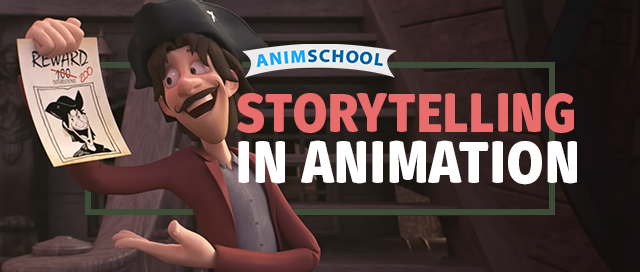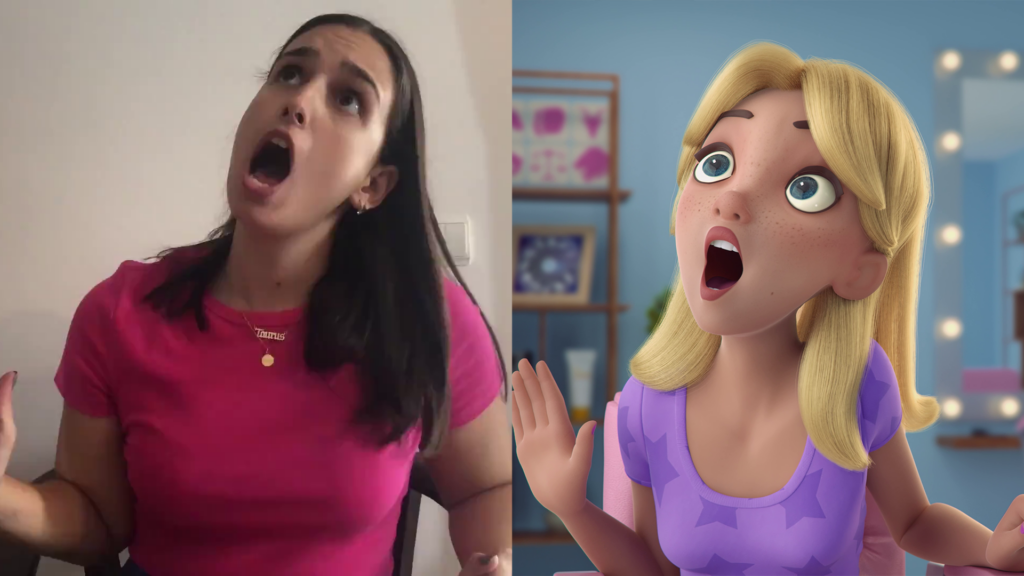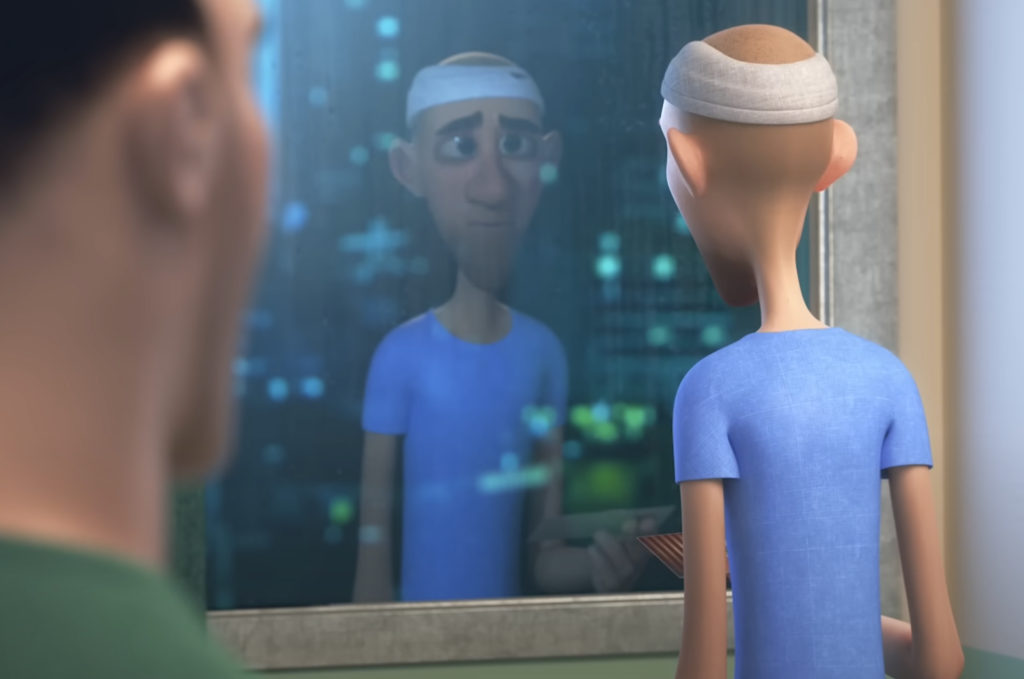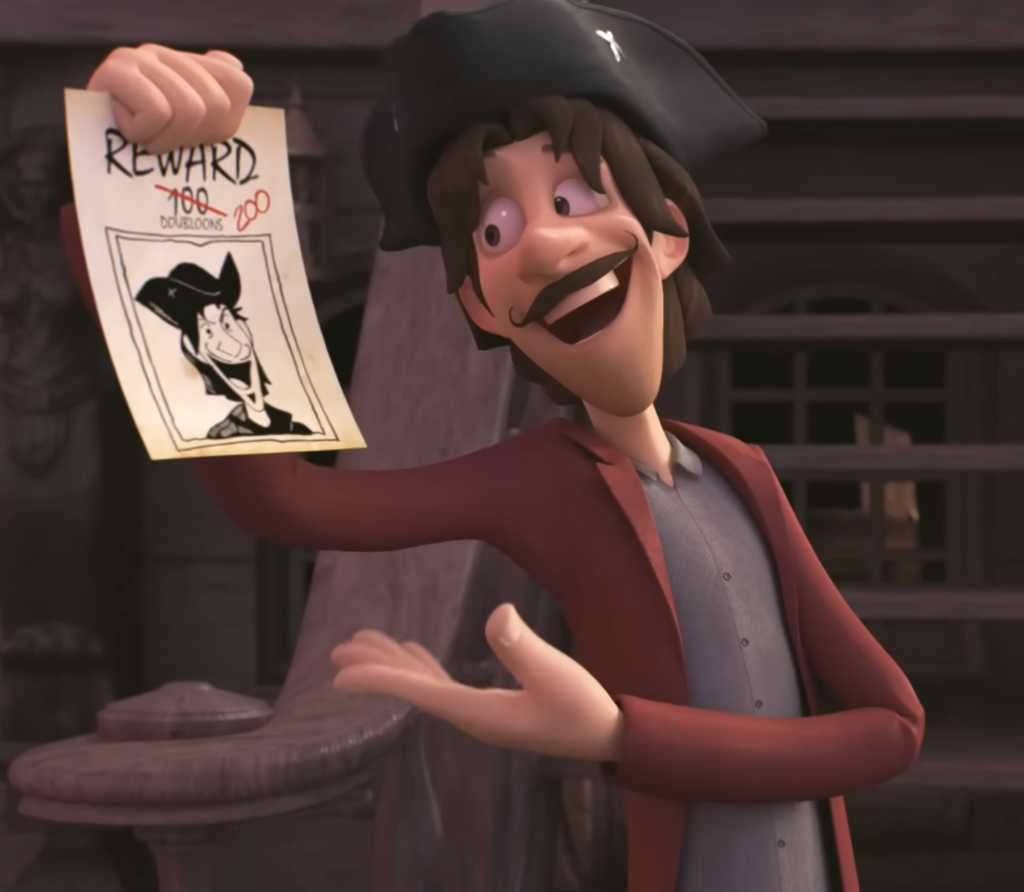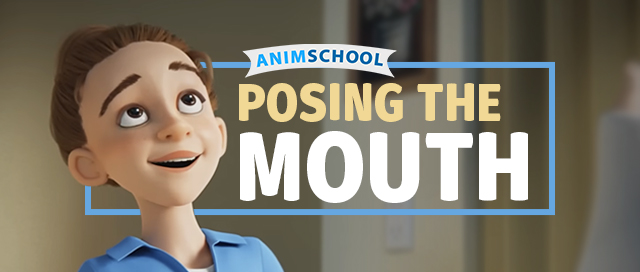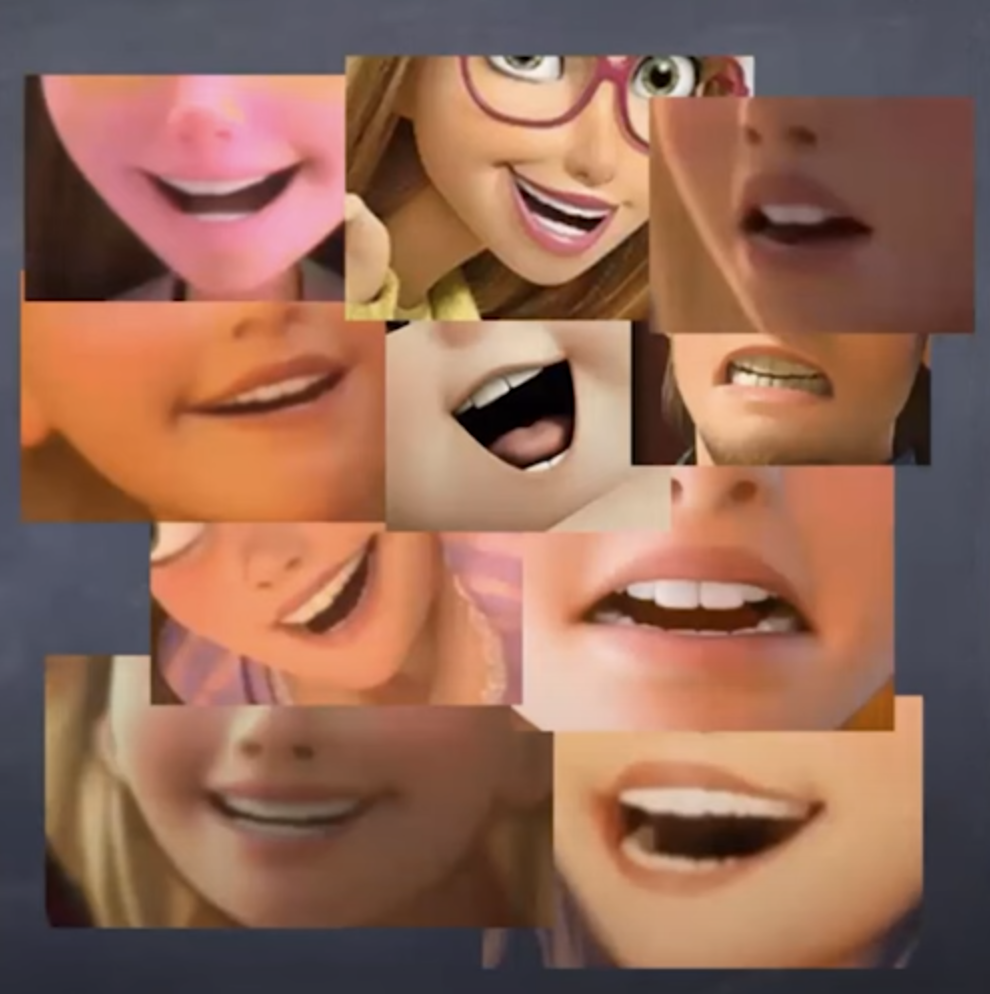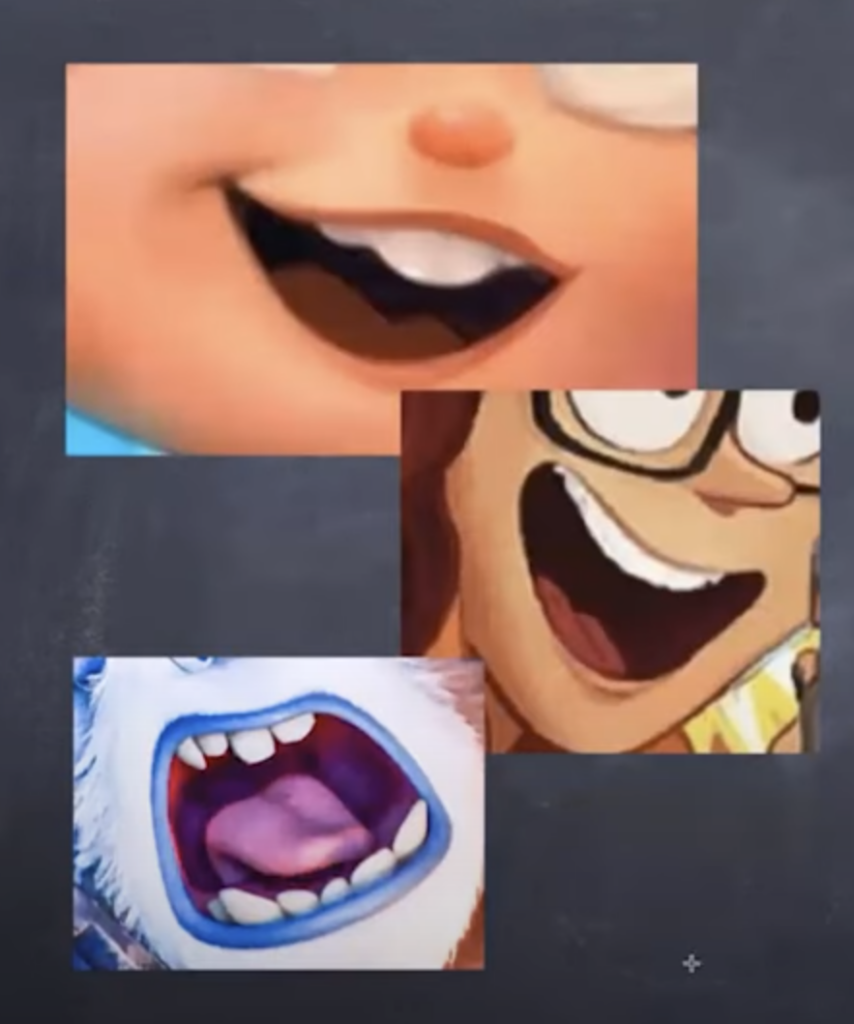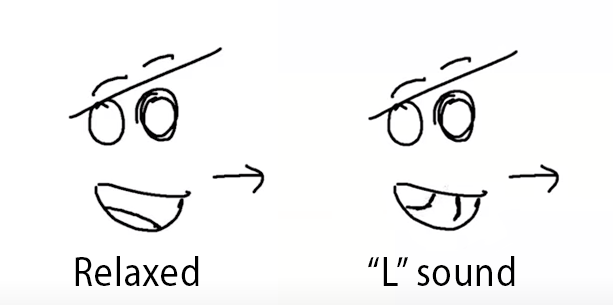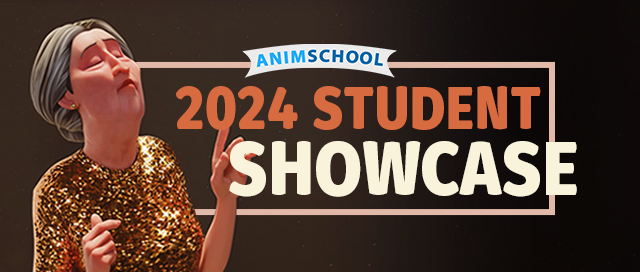
The highly anticipated 2024 Student Animation Showcase is here! Watch the amazing work of AnimSchool students from over the past year featured in the annual showcase. Each year, students choose audio clips from various TV shows, films, and other media and reimagine them into a new animation with guidance from AnimSchool instructors who actively work in the industry.
This year, along with the release of the showcase, AnimSchool held a livestream with some of the animators whose shots are featured in the showcase to discuss their inspirations, workflows, and other behind-the-scenes information related to their work. Check out the livestream (link below) to hear the unique perspective and insight that each animator has to offer.
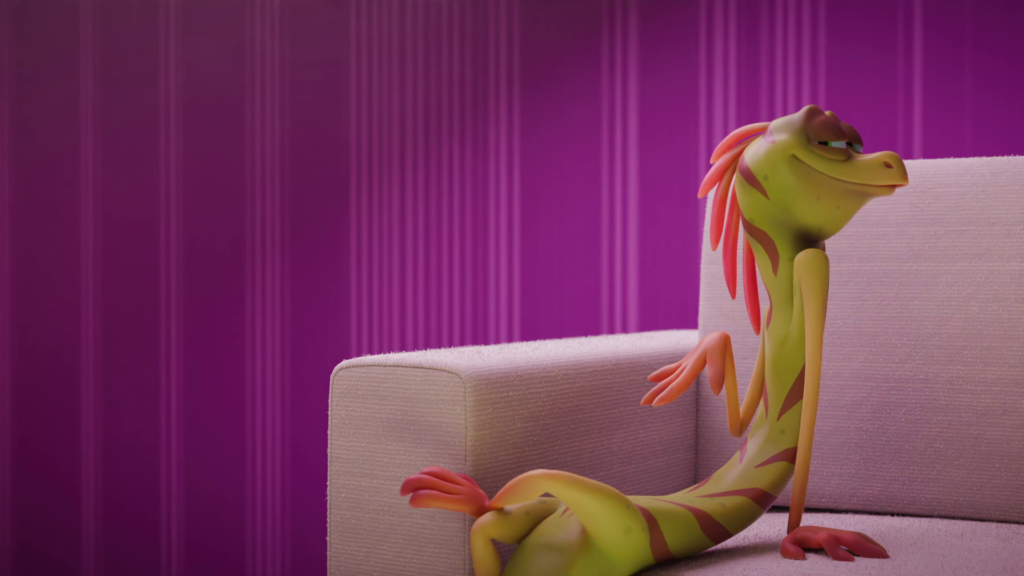
Sarah Crepeau
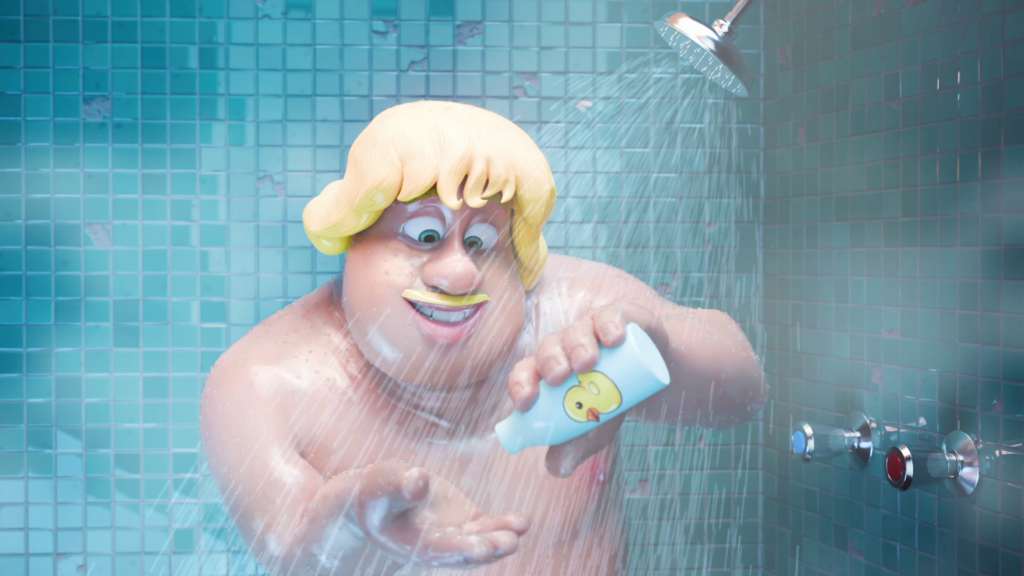
Noemi Rajczyba
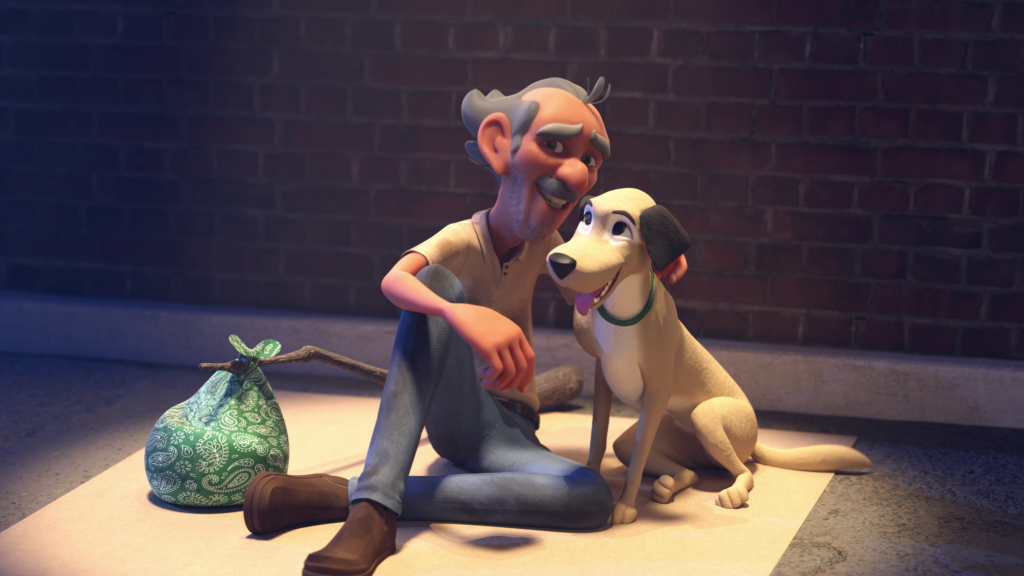
Heather Vidal
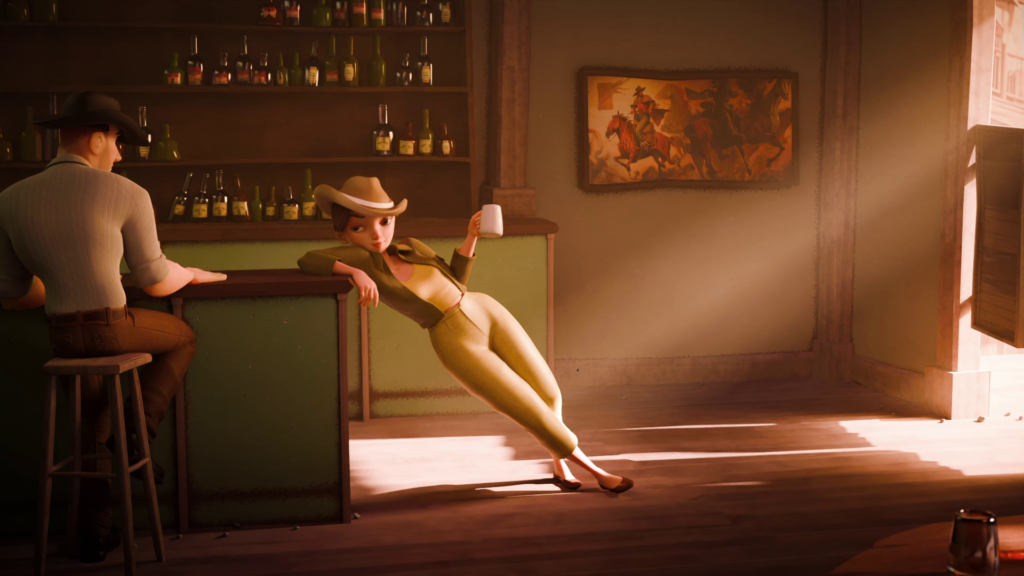
Daniela Lobo Dias
Many of the audio clips featured in the showcase include Bo Burnham’s Unpaid Intern Song, Donna Champlin’s CW “Crazy Ex-Girlfriend,” “The Break-Up” movie, “Booksmart”, “The Straight Story,” “Adman” short film, “Requiem for a Dream” movie, a “Funny Or Die” skit, “Young Sheldon”, “The Producers” movie, musical podcast “Loveville High : Episode 1”. “We have a Ghost” movie, “The Equalizer” tv series, “Anthony Starr, The Boys Season 3”, “Desperate Housewives” tv series, TikTok video by @freshmozzerella, “The Lighthouse”, BBC interview with Judi Dench, “Dungeons and Dragons” movie, Neil deGrasse Tyson interview, Chris and Jack YouTube episode “Future Ex-girlfriend”.
The showcase and livestream premiered on YouTube on May 21, 2024. Watch below:
AnimSchool Student Animation Showcase 2024
AnimSchool Student 2024 Showcase Livestream with the Animators
At AnimSchool, we teach students who want to make 3D characters move and act. Our instructors are professionals at film and game animation studios like Dreamworks, Pixar, Sony Pictures, Blizzard & Disney. Get LIVE feedback on your Animation from the pros.
Learn more at https://animschool.edu

